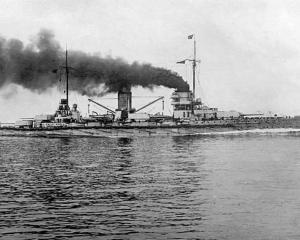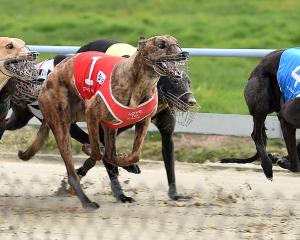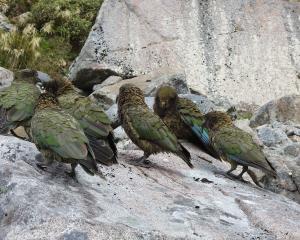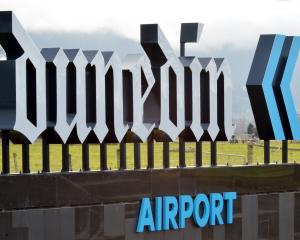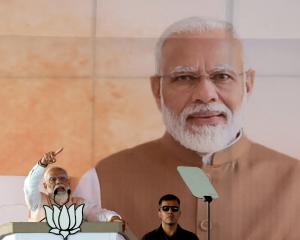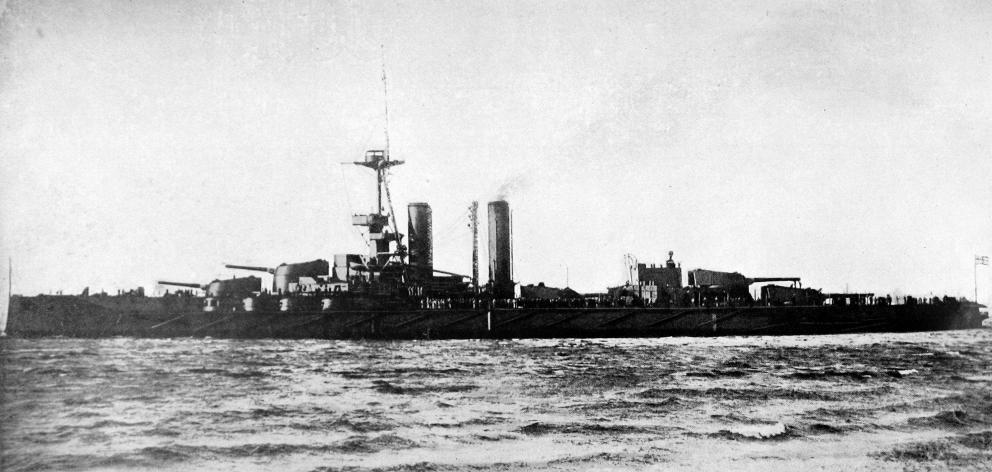
A short, slightly built and diffident young man, born in Dunedin and brought up in Milton, had a significant influence on the way New Zealanders learnt about what happened during World War 1, particularly to their own soldiers.
Guy Hardy Scholefield was born in Dunedin in 1877 and taken to Milton as a 12-year-old on the death of his father. He showed early indications of his promise and his later calling when he was commended for his entry in a letter-writing competition at Tokomairiro District High School and won a competition to come up with the best poem about a new brand of soap.
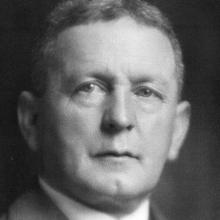
While still in Milton, he contributed articles to the weekly Otago Witness and it wasn’t long before he was a respected journalist, first in Wellington and then in Christchurch. Four newspapers, the Otago Daily Times, The Press, The Evening Post and The New Zealand Herald, combined as New Zealand Associated Press and had a correspondent in London, whose job was to write New Zealand-angled stories.
Scholefield was appointed to the position in 1908 and there he remained until the end of the war, in 1919. To say he was the NZAP correspondent tells only part of the London Scholefield story. He wrote a New Zealand history which was published in 1909 and attended the London School of Economics and Political Science, graduating BSc in economics in 1915 and political science and a doctorate in 1919.
But it was the war that shaped him and dominated his existence. When it began in August 1914, he had himself appointed New Zealand correspondent with the British War Office and with the endorsement of the High Commissioner, Sir Thomas Mackenzie. Scholefield got as far as being issued with an official number and the green war correspondent’s brassard bearing the initials "WC" (which were changed to "War Corpt" when someone objected). The British Government, which controlled war matters, determined that New Zealand could have just one correspondent but it wasn’t Scholefield. Politics were a factor but so, too, was the fact that Scholefield represented just four newspapers. Malcolm Ross, a Wellington friend of Scholefield’s, was appointed the official correspondent in 1915 and spent the whole war with the New Zealand Division.
But that did not take Scholefield out of the reckoning. He still had his job to do and that boiled down to reporting for the four newspapers he represented on all the activities of New Zealanders in Britain, thousands of them. He and his secretary, Alice Evans, compiled a card index of New Zealanders who had enlisted in Britain with either the NZEF or with the three British services, as well as the increasing number who were in Britain on leave or being treated for wounds or illness.
They produced a four-page newspaper, the New Zealander, from December 1916 until August 1919, that was distributed to troops. A popular section of it was sporting news from home and Scholefield learnt to his surprise that staff at the British embassy at Addis Ababa ran a book on racing fields contained in the paper.
Scholefield recalled in his memoirs: "The saddest column in the paper I called ‘Gone West’ in which was chronicled deaths on both sides of the water."
Among Scholefield’s reporting duties was to keep track of New Zealand sailors in the British fleet and especially HMS New Zealand, the battlecruiser given to the Admiralty by the New Zealand taxpayer. He wryly remembered his first visit to the Firth of Forth:
"Leaving the train at Dalmeny station in bright moonlight and frost I was plodding down the zigzag below the Forth bridge, suitcase in hand, tired and hungry. I was brought up by a sharp summons from the shadows: ‘Halt! Who goes there?’ I could not remember the formula so carefully rehearsed in Room 105 at the War Office. A short man with his rifle at the ready moved up. Breathing heavily, he said in a warm Scots voice: ‘You should say it’s a friend.’
"I’m sorry. It’s a friend. What was in my bag? Pyjamas. Where was I going? By this time we were walking side-by-side down the path. He looked seriously at my pass from the West Lothian Constabulary and waved me on: ‘Pass, friend. Goodnight, comrade’."
Scholefield was at times in the thick of the war. He sat with the Grand Fleet commander-in-chief, Admiral John Jellicoe, in the wardroom of his flagship, HMS Iron Duke, just days before the Battle of Jutland. He chatted to Prince George of Battenburg (brother of the later Lord Mountbatten) about how the two antipodean battlecruisers, New Zealand and Australia, had gone bump in the night in fog and Australia as a result had to sit out the biggest naval battle of the war.
He spent time where few other New Zealanders did, on the rugged Italian front that he described as "the war on the roof". It was a mountain war fought between Italians and Austria-Hungary, "a war of outcrops, pure and simple". Scholefield called on Millie Parker, the former North Otago farmer’s wife, soon after the death in the North Sea of her illustrious brother, the Secretary of State for War, Lord Kitchener.
She told him: "I can’t believe that my brother is dead."
Scholefield said he regarded that as a conventional response but he was surprised when a London reporter recorded her as saying: "I don’t believe that my brother is dead."
"This very different version," Scholefield wrote, "was at once woven into legend, the precursor of numerous rumours that the great man had gone to Russia to pull the tsar’s army together and was still alive."
For the most part, Scholefield dealt with the daily miseries and sadnesses of war. He wrote about Angus McNab, the Southland doctor serving with the London Scottish Regiment who was killed while tending patients (and understood to be the first New Zealander to die in the war); he wrote about the death of his friend and LSE classmate, Dick Seddon, the oldest son of Richard John Seddon; and the death on the same day of another friend, Mataura-born footballer Cecil Humphries, who was commanding a battalion of the Norfolk Regiment.
After the war, Scholefield was a newspaper editor for a few years and then parliamentary librarian from 1926 until 1948. He was also the first government archivist and continued to write books, including the two-volume centenary publication, Dictionary of New Zealand Biography.




